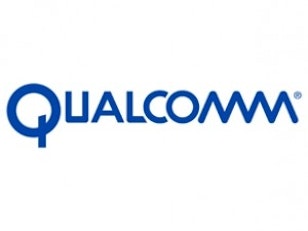The technology sector is known for two things: growth and risk. The latter is averted to a great extent when one is dealing with a company as fundamentally strong as QUALCOMM, Inc. (NASDAQ:QCOM). It is a rare company that has a market-leading position in a growing business.
QUALCOMM, Inc. (NASDAQ:QCOM)’s business model consists of selling chipsets as well as collecting royalties on 3G and 4G smartphones being sold in the market. Its healthy royalty business represents just 30% of the company’s total revenue, but accounts for 75% of its margins. On the other hand, the mounting R&D expenditure also points towards the company’s rising interest in its chipset business.

Recent Quarter
In its second quarter earnings, revenue at the San Diego outfit climbed 24% year over year to $6.12 billion, while the net profit grew a similar 17% to $2.07 billion. This was low in comparison to the annual outlook. But the company maintained its full year operating margin guidance for the chipset and licensing business. This suggests that the company sees support in the ASPs with a rise in margins over the latter half of the year. In line with the company’s optimistic outlook for fiscal 2013, the growth in third quarter revenue is expected to increase by another 25%.
Conduct of the rivals
QUALCOMM, Inc. (NASDAQ:QCOM)’s competitor Intel Corporation (NASDAQ:INTC) is betting big on the chipset market with huge amounts of money being put into R&D. The company finally seems to be getting it correct with its Silvermont processor, a potential competitor for Qualcomm. But it will take time to match the economies achieved by Qualcomm because of its scale of operations. Due to this, Intel Corporation (NASDAQ:INTC) will have no option but to take a hit on its gross margins for several years. Whereas Qualcomm’s stock has returned 63% in three years, Intel has returned –3.97% over the same period.
For its part, NVIDIA Corporation (NASDAQ:NVDA), with its acquisition of Icera, demonstrates its ability to compete with QUALCOMM, Inc. (NASDAQ:QCOM) and Intel. Nvidia’s Tegra 4i, its first applications processor with an integrated LTE modem, proves to be a major competitive obstacle and might give stiff competition to Qualcomm’s processors. Despite all of this, the Snapdragon processor manages to beat Tegra in terms of various benchmarks. In terms of business, NVIDIA Corporation (NASDAQ:NVDA) is split into its mobile segment, NVIDIA GRID, its cloud virtualzation graphics segment, and its GPU segment. It generated $4.3 billion last year, suggesting it operates in small but distinguishable segments. It has a trailing P/E ratio of 15.5 times, lower than its peers, as analysts expect a drop in future revenue with no upward catalyst. The going has been tough for NVIDIA as Qualcomm continues to dominate the smartphone market. And both NVIDIA and Intel lag behind Qualcomm with the absence of an integrated model, which is why Qualcomm is expected to outplay them with its size in the near future.





